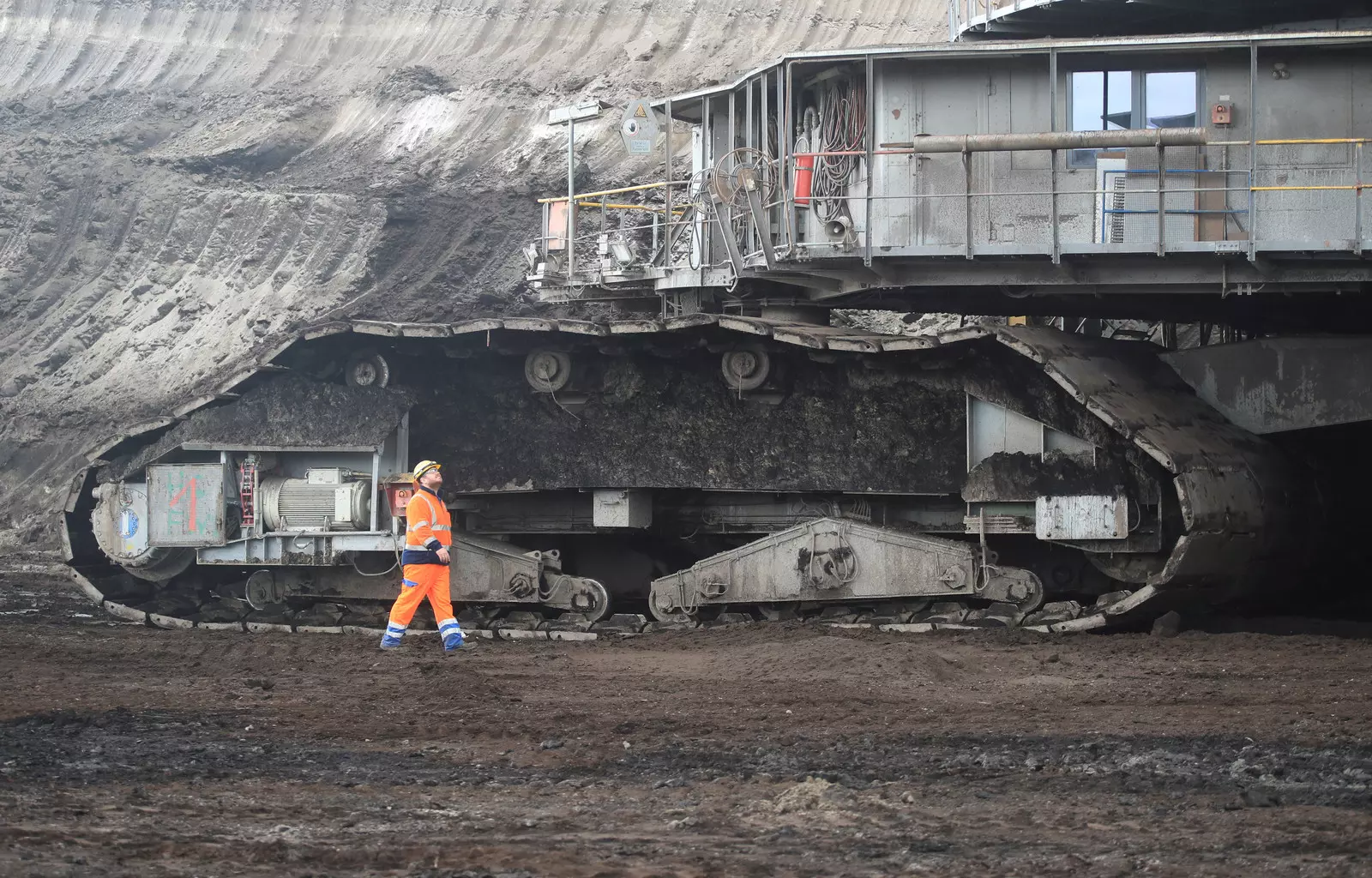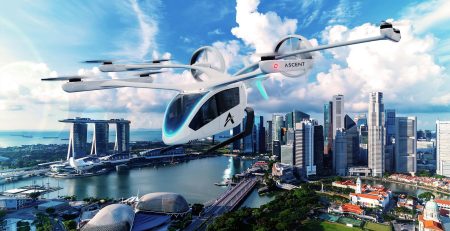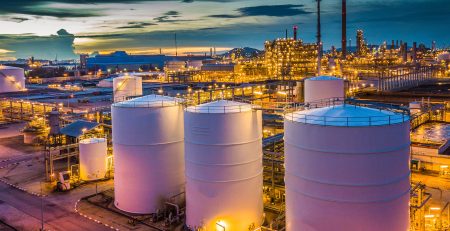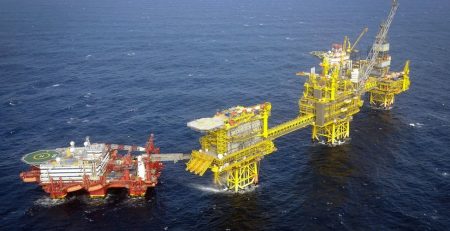Innovation in the Mining Industry: Technological Trends and a Case Study of the Challenges of Disruptive Innovation
Innovation in the Mining Industry: Technological Trends and a Case Study of the Challenges of Disruptive Innovation
Innovation plays a critical role in the mining industry as a tool to improve the efficiency of its processes, to reduce costs, but also to meet the increasing social and environmental concerns among communities and authorities. Technological progress has also been crucial to allow the exploitation of new deposits in more complex scenarios: lower ore grades, extreme weather conditions, deeper deposits, harder rock mass, and high-stress environments.
Over the past decades, the mining industry has had to face a challenging scenario for its operation. Improving productivity to overcome natural factors such as decreasing ore grades, deeper deposits, and harder rock mass, combined with an increasing environmental and social awareness, has boost the industry to constantly work to enhance their processes along the whole value chain. In this, innovation plays a crucial role by providing suitable solutions to surpass these difficulties, ensuring the continuity and sustainability of the mining activity.
There has been a historical debate whether mining is indeed an innovative industry or not. It is often perceived as a conservative sector, where innovation takes only a secondary position in the concerns of companies. But at the same time, many argue that mining is more likely to be comparable with high-tech industries, considering that it utilizes vanguard technologies in its processes, such as automated or remote-controlled machinery, and advanced monitoring systems for the collection and analysis of large amounts of data.
This article aims to characterize the innovation environment in the mining industry, specifically:
- Importance of innovation for the mining industry: relation between labor productivity and innovation
- Dynamics of innovation in the industry: drivers and actors
- Current trends and future of the mining industry
It will contribute to improve the understanding of the dynamics and mechanisms involved in the innovation processes, along with analyzing the current status and expected future of the mining industry, in terms of technological advance.
Nowadays, several technological trends can be identified as main factors that will shape the mining of the future. The first and most relevant one is the digital transformation (DT), as the process of adoption and incorporation of a set of tools, the so-called technologies 4.0, into the mining business. Automation, robotics, remotization of operations, internet of things, analytics, and digital twinning, among others, have the potential to enhance processes along the whole value chain of mining. However, though DT is frequently mentioned as one of the main concerns among most large-scale mining companies, the level of digitization of the industry remains low, indicating that most of the potential of DT for the sector is still to be unlocked. The main challenges that firms must face to achieve a successful digitization are the commitment and joint-task coordination between the different business units, implementing proper organizational structure changes, and promoting a new cultural mindset regarding cybersecurity strategies and their continuous improvement.
Other important trends are electromobility, invisible zero-waste mining, and continuous mining. These concepts answer the necessity of building a more sustainable and efficient industry, reducing the environmental footprint, and enhancing safety of mining operations. The replacement of fossil fuel-powered vehicles is a “must” in a world moving away from such energy sources to cleaner ones, and stricter safety and environmental regulations being implemented all around the world are a reflection of that. Every day more companies are evaluating the incorporation of electric-powered fleets into their operations, as existing technologies can already offer economic alternatives, while R&D keeps advancing in this matter.











Leave a Reply